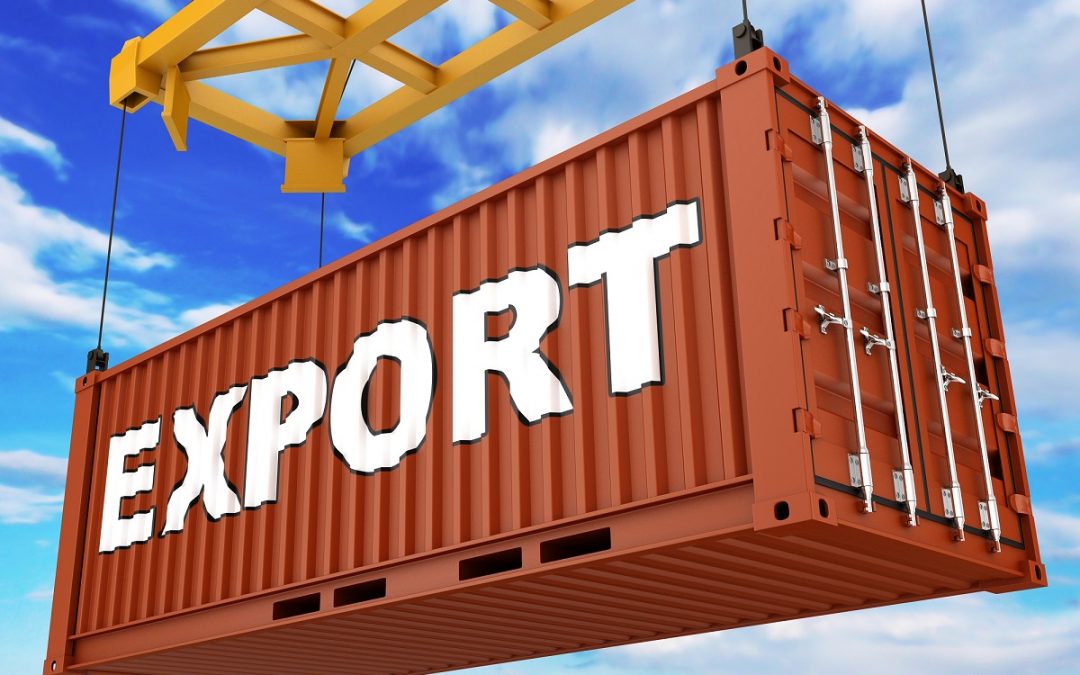India’s merchandise exports grew just 0.59 per cent year-on-year in November at $31.99 billion, as tepid external demand and fears of a recession in developed economies continued to weigh on demand. Month-on-month, exports grew 7 per cent.
While the growth in exports started slowing from July, merchandise exports contracted for the first time in two years last month because of domestic factors such as the festival season and external factors.
Imports increased 5.6 per cent, but hit a 10-month low of $55.88 billion in November, commerce and industry ministry data showed. Though the trade deficit decreased to a seven-month low, it remained high at $23.89 billion, compared with $21.23 billion last November.
Government officials, however, pointed out that the growth in imports was an indication of robust domestic demand because of the relatively strong growth in the Indian economy.
Cumulatively, exports grew 11 per cent YoY in the April-November period at $295.26 billion. L Satya Srinivas, additional secretary in the commerce department, said despite global headwinds, India was showing great resilience. Besides, modest growth was also to an extent a reflection of the high base effect.
“WTO, IMF, UNCTAD projections are very clear that there will be a slowdown, particularly in the second half of this financial year and even next year. There is a tapering effect of the stimulus that was provided during Covid. We are also aware of the hike in interest rates and high inflation, though of late there are some signs of cooling. The data needs to be seen in this context,” Srinivas told reporters.
In November, 15 out of 30 sectors such as readymade garments, electronic goods, pharmaceuticals, rice, gems and jewellery reported YoY growth.
Engineering goods, handloom products, iron ore, chemicals, among others, witnessed contraction.
An official statement from the commerce department said the decline in exports of engineering and iron ore products was a reflection of a slowdown in demand from major trade partners because of the decline in economic activities there. Moreover, the 15 per cent export duty on steel weighed on engineering exports. Its removal now should improve the situation, the department said.
Dyes and organic chemical exports declined as demand slowed in China, Turkey, and Bangladesh. Textile exports fell because inflation in the developed world reduced consumers’ purchasing capacity. India’s plastics exports also faced challenging conditions this year.
Non-petroleum, non-gems and jewellery exports, considered core exports, also saw a marginal growth of 0.7 per cent YoY.
“Export performance in November was supported by retailers’ stocking in the western countries ahead of festive shopping. Therefore, we saw a pickup in exports of readymade garments, leather and jewellery along with electronics and agricultural commodities,” said Vijay Kalantri, chairman of MVIRDC World Trade Center Mumbai.
FIEO President A Sakthivel said the drop in commodity prices and restrictions on some exports to stem the rise in domestic prices also affected growth.
“Going forward, we should also look at the upcoming US Federal Reserve rate hike as that also may add pressure on the flight of capital with the Bank of England also going for a rate hike recently. The coming months would be quite challenging unless both global economic growth and the geopolitical situation improve,” Sakthivel said.
Source: Hellenic Shipping News






